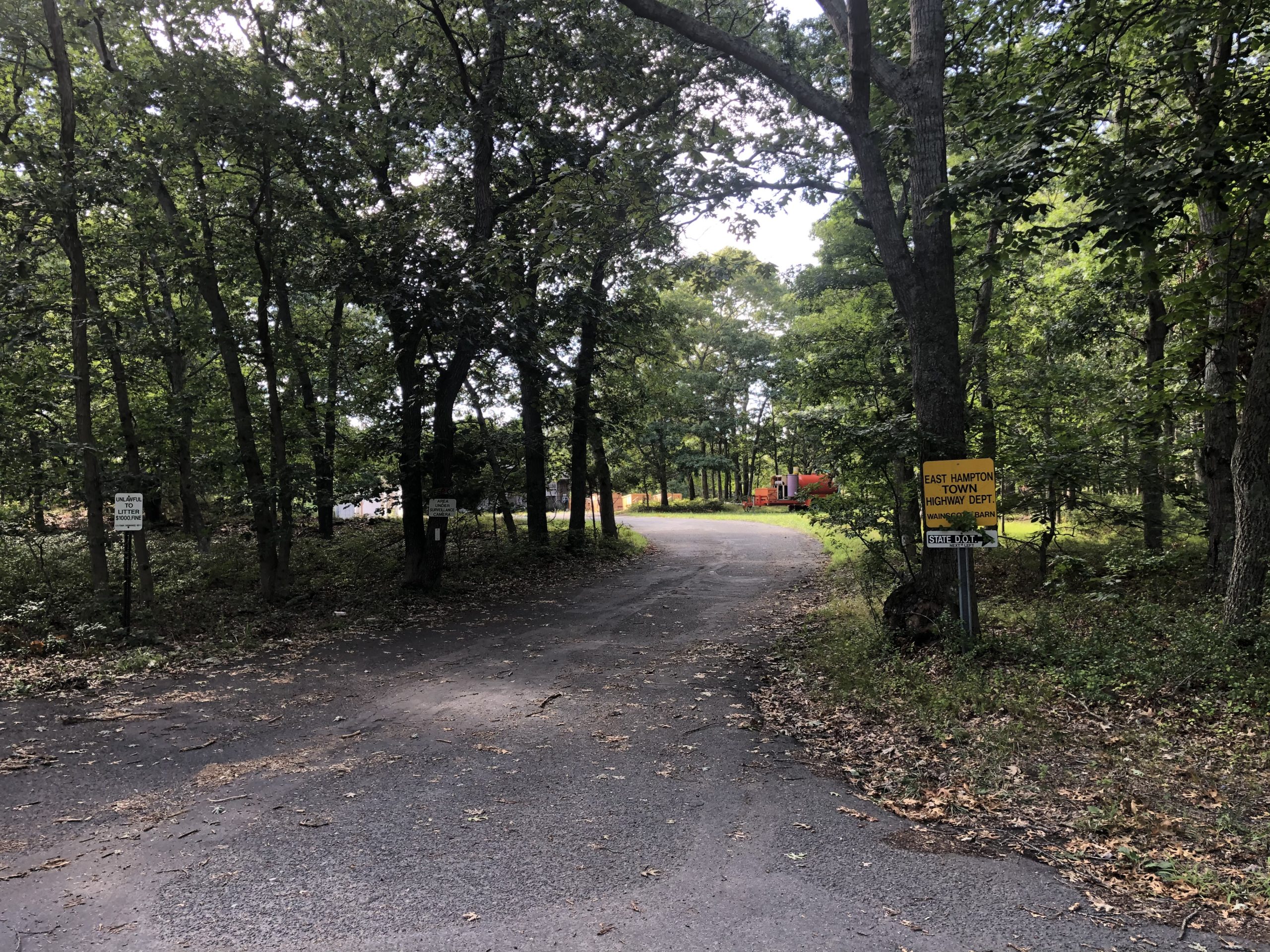Quick Fix For Wainscott Cell Signal Gaps


The Town of East Hampton continues to wrestle with what Town Board members agree are large dead zones in cell phone coverage. The poor coverage in areas across the town has been exacerbated by the influx of New York City residents who are staying in their second homes on a full-time basis.
In reaction, the Town Board recently approved an application from Verizon to erect a temporary 100-foot tall monopole cell tower on a town-owned site on Stephen Hands Path, while the company navigates through the site plan approval process at the same site for a permanent 110 foot tall tower.
There is also a proposed tower on Old Northwest Road to be erected by AT&T that is the subject of litigation in both state and federal court. According to John Jilnicki, town attorney, an access road has been built on the site, which once was a brush dump. The new East Hampton Fire Department sub-station is also on the site.
The litigation over the site involves neighbors who object to the height and location of the proposed cell tower. It appears from online records that the case in state court has been fully presented. In federal court, a judge in the Eastern District of New York’s Central Islip courthouse has denied the complainant’s request for an injunction.
At the same time, the town has put out for bid for a consultant to both expedite applications for cell towers and antennas, as well to advise the town and the town’s Planning Department on rewriting the town code regarding cell towers to reflect changes in federal law that have occurred over the past 25 years.
To have an advisor on hand to expedite applications is important, Jilnicki said, because of federal laws that mandate a speedy process for cell tower applications. In the case of a new tower, the town has only 180 days to handle the application. If the application is to swap out antennas on an existing tower, the time window is even shorter at 60 days.
The town board was briefed on the Stephen Hands Path site on August 4 by Denise Vista and Rob Monteleone, on hand to represent Verizon. If approved, the permanent tower, as proposed, could be home to antennas for three other cell phone companies besides Verizon. Until then, the temporary tower would close communication gaps from south of Montauk Highway in Wainscott, all the way north up to the airport.
Vista explained that the already stressed and inefficient network of cell towers has been overwhelmed by the “large uptick in traffic.” This uptick, she explained, was due to “the influx of folks who are going to their second homes.” These second homes, she said, have become first homes. “People are working from home. Then you have the children learning from home. It is our understanding that a lot of folks probably won’t be going back [to their primary residences] in September, obviously with the unknowns in city schools and schools around the state. We are looking to address those imminent concerns.”
The application for the temporary tower to go up on the Stephen Hands Path site, which is also used by the town’s highway department, was approved by the town board last week. Monteleone estimated on August 4 that it would take about a month to erect the temporary tower.
“We’ve had it up to here,” was the headline on a full-page ad in last week’s East Hampton Star, paid for by an organization called Citizens for Better Cellphone Service. The ad demands better cell service in the exact areas of Wainscott that the temporary tower is meant to bring about.
The New York Post reported Monday that the group was being financed by venture capitalist Alan Patricof.
The ad calls for like-minded individuals to email complaints about cell service to East Hampton Town Supervisor Peter Van Scoyoc.


